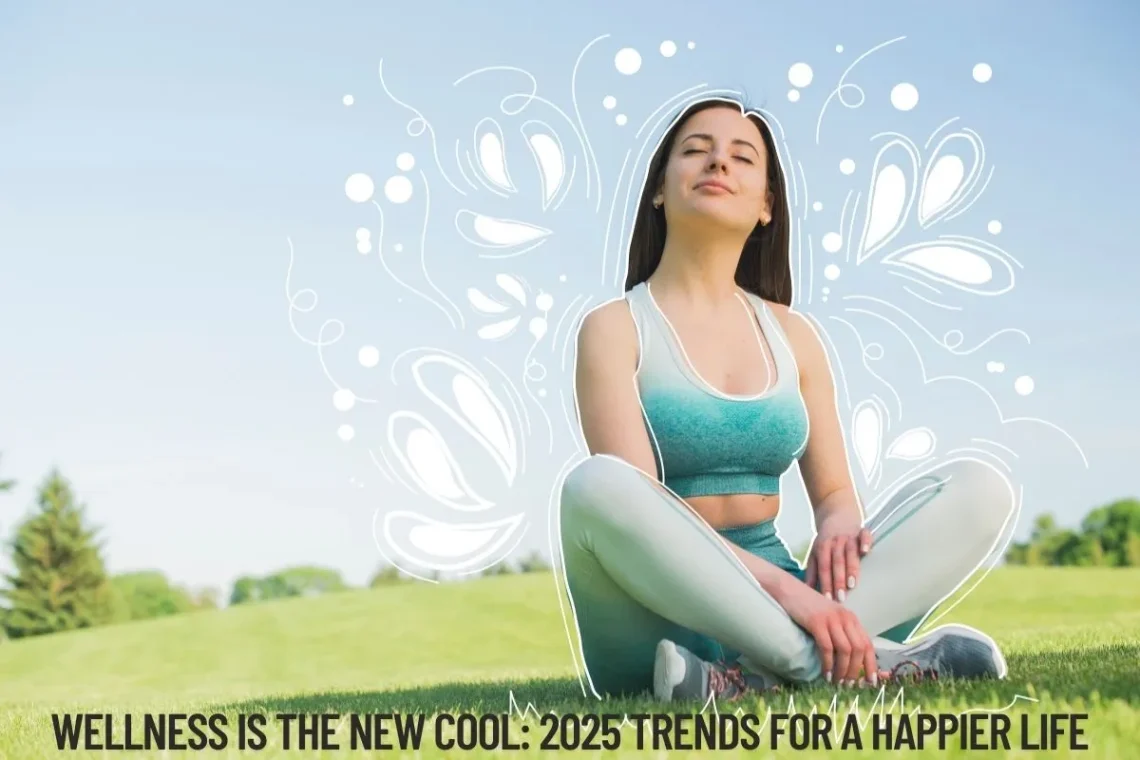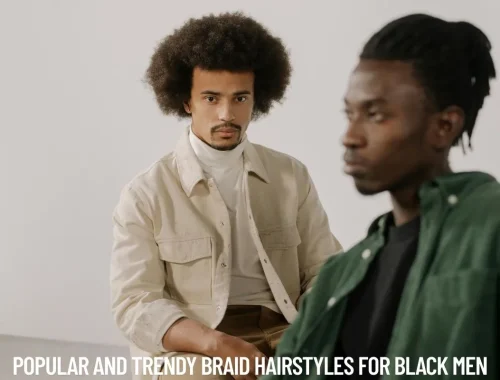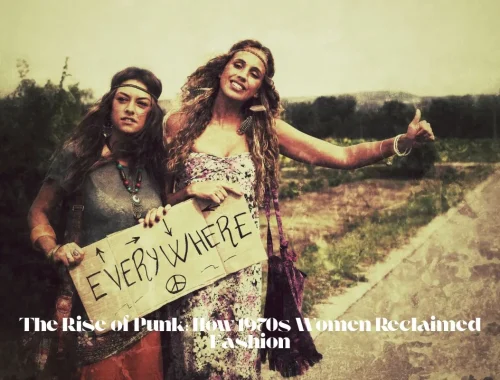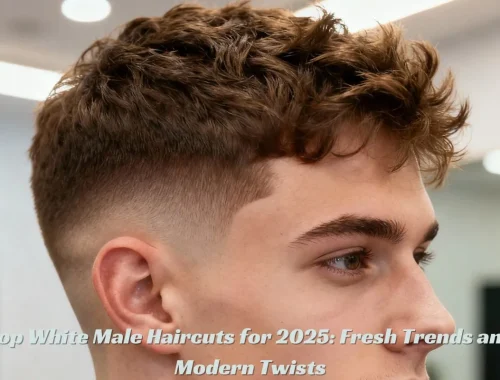
Wellness Is the New Cool: 2025 Trends for a Happier Life
In the past, people often talked about wellness as if it meant spa days, yoga retreats, or expensive juices. But in 2025, wellness has gone mainstream. It is no longer something only elite groups or luxury seekers chase. Instead, it has become part of everyday life. Wellness has become the new “cool” — not because it’s fashionable on social media, but because it actually makes people feel better, live calmer lives, and stay connected to themselves and others.
This year, wellness is less about “perfect abs” and more about living happily, slowly, and mindfully in a stressed-out world. It’s a cultural shift, and you can feel it everywhere — from what people wear, to how they decorate their homes, to the way they work, spend weekends, and even post selfies online.
Let’s walk through the meaningful wellness trends shaping 2025, with honest insights, easy explanations, and a touch of personal reflection.
Table of Contents
ToggleIs wellness the new luxury?
Wellness was once packaged like a luxury product. Ten years ago, wellness was linked with pricey gyms, exotic retreats, and products only a few could afford. In 2025, the story is changing. Yes, wellness still has a luxury angle — think private sound baths, biohacking hubs, and custom sleep pods for wealthy professionals. But the real trend now is democratizing wellness.
-
Affordable access: Free meditation apps, public parks with yoga zones, and community-run wellness festivals are popping up in cities worldwide.
-
Workplace well-being: Companies are realizing employee mental health matters as much as deadlines. Flexible work hours and mental health breaks are considered benefits, not “special favors.”
-
Simple comfort as luxury: For many, the biggest sign of wellness is no longer a so-called luxury product — it’s being able to come home early, cook a good meal, and spend phone-free time with loved ones.
I remember a conversation with my neighbor who used to spend thousands of rupees on luxury perfumes. Now she smiles while talking about her “investment” in a balcony garden instead. She said, “Fresh basil in my morning tea feels like a richer luxury than anything I bought before.” That’s the truth of wellness today.
Wellness in 2025 has become both a new luxury and a shared human right.
What does wellness mean to Gen Z?
Wellness has a completely fresh meaning for Gen Z — the digital-native generation that grew up with social media, influencers, and information overload.
For them, wellness is not about fitting into perfect beauty ideals. It’s about being authentic, living with fewer filters (literally), and finding joy in everyday rituals.
Here’s what wellness looks like to them in 2025:
-
Mental health check-ins: Therapy is no longer taboo. Gen Z openly shares about their therapy sessions, burnout recovery, or anxiety management on TikTok and Instagram.
-
Digital balance: Many have started “phone-free challenges,” where weekends are reserved for offline living.
-
Holistic lifestyle: For Gen Z, wellness means journaling, sipping herbal teas, thrifting clothes, practicing mindfulness, and also finding community with people who share values.
-
Purpose-driven wellness: They want eco-friendly products, ethical brands, and meaningful work, because they see personal well-being as connected to planetary well-being.
A young intern once told me: “Wellness to me means watering my plants every morning before work. If those leaves are healthy, I feel like I am too.” That purity of thought captures how Gen Z redefines wellness.
What are positive words for wellness?
When people think about wellness, many only picture “fitness” or “diet.” But in 2025, the language of wellness is gentler, kinder, and more encouraging. We are moving away from “fix your flaws” toward “celebrate yourself.”
Some positive words shaping wellness culture now are:
-
Balance
-
Flow
-
Energy
-
Calm
-
Gratitude
-
Clarity
-
Connection
-
Joy
-
Resilience
-
Harmony
The magic of these words is how they bring hope without pressure. Instead of saying, “I need to lose weight,” people now say, “I want to feel lighter.” Instead of, “I must work harder,” the language is, “I’m learning to flow better with my day.”
When I started using “gratitude” as my nightly journal keyword, it surprised me how small moments—like a random smile from a street vendor or the sound of distant rain—felt more healing than chasing bigger goals. Language is powerful, and 2025 wellness language is softer, lighter, and filled with compassion.
What is the theme of Wellness 2025?
If we could summarize 2025 wellness in one theme, it would be: “Soulful simplicity.”
Unlike the 2010s obsession with complexity — biohacks, strict meal plans, luxury retreats — today’s wellness trend is about going back to basics. People want honest experiences, slow living, and genuine health practices that don’t rely on a shiny label.
Three big themes define wellness this year:
1. Retro Craftsmanship in Boho Resurgence
One unique 2025 trend is the return of handmade wellness tools.
People are choosing clay water bottles instead of plastic, woven mats over synthetic yoga gear, and handmade candles over factory ones. This resonates with the retro craftsmanship movement — a sense of boho-inspired artistry that brings wellness into our homes. Decor now often includes earthy fabrics, rattan furniture, and hand-dyed cushions, reminding us that design and well-being can breathe together.
Walking into my cousin’s home last month, I noticed she had switched from metal chairs to hand-carved wooden stools in her meditation space. She said, “I feel more grounded sitting on something that someone’s hands shaped.” That is the charm of boho wellness.
2. Micro-moments of peace
Wellness no longer requires full-day retreats. Instead, it’s about creating little pauses in the day — two minutes of mindful breathing between emails, a quick walk after lunch, or listening to one song when stress builds. Small moments add up.
3. Community healing
People now view wellness as something they share with groups: local gardening projects, wellness clubs, or online support communities. Healing is not only individual but collective.
2025 Wellness Trends Shaping Daily Life
🌱 Nature-first living
Urban rooftops are turning into gardens. Tiny forests are being planted in cities. Natural sunlight and cross-ventilation design is being preferred in new homes. The idea is: if we live closer to nature, our bodies and minds align better.
💤 Sleep as status
In 2025, being proud of “I slept 8 hours” is cool. Sleep is now a badge of self-care, not laziness. With new smart sleep trackers, Ayurveda-inspired teas, and mindful night routines, better sleep has become central.
✨ Slow technology
Instead of chasing the fastest apps, people celebrate apps that encourage slowness. Journaling apps, breathing guides, and “digital sunset alarms” (which dim screens at dusk) are loved by wellness seekers.
🧵 Craft therapy
Knitting, pottery, and painting are no longer hobbies for retirement. They’re trending wellness practices in 2025. The act of using hands, focusing deeply, and creating tactile beauty is calming stressed minds.
☕ Ritual-based food culture
Food wellness today is not about diets but rituals. From brewing tea slowly to preparing fermented foods, people see cooking as therapy.
I can personally say, grinding spices for homemade chai every morning gives me more joy than ordering lattes. It grounds me in my heritage and flavors the day with calm.
Why It’s Good Now: Trending Retro Craftsmanship in 2025’s Boho Resurgence
Boho isn’t just fashion anymore. In 2025, boho living has redefined wellness. Its essence is freedom, creativity, and handcrafted authenticity. People are saying goodbye to plastic wellness aesthetics and hello to earthy, imperfect designs.
From natural macramé hammocks to terracotta aromatherapy diffusers, retro craftsmanship builds a deeper connection between maker and user. Every handcrafted item silently tells a story.
In a fast digital world, slow-made products feel more healing. That’s why the boho resurgence is at the heart of wellness design this year.
2025 Wellness Trends: Going Beyond Basics
As wellness becomes an integral part of daily life, new ideas and practices continue to emerge in 2025. This year, it’s clear that wellbeing touches every part of our lives—how we eat, work, connect, and heal.
Functional Nutrition: Food as Healing
One major trend is functional nutrition. Now, food isn’t just about taste or calories; people are choosing what they eat based on how it helps their body and mind. Foods rich in probiotics, herbs, and vitamins are everywhere. Supermarket shelves are filling up with drinks for gut health, anti-stress snacks, and even cookies that claim to boost memory.
Last month, I tried a “brain-boosting smoothie” at a local café with my friends. We all laughed about the idea—yet by the end of our chat, we felt happy that our friendly gossip included healthy treats. It made us realize: choosing good food can be fun, not a chore.
Wearables and Personalized Health Tech
Tech gadgets are making wellness personal. Wearable devices like smart bands and health apps don’t just count steps—they now track sleep, stress levels, and even alert users to drink more water. Fitness challenges go beyond gym goals; daily step competitions, sleep leaderboards, and hydration reminders have spread to neighbors, families, and even work teams.
A friend who works in HR told me about her office’s new wellness rewards: “Every time I finish a meditation using our workplace app, I get points towards a gift card. It motivates me to take short breaks and be calmer in meetings.”
Not only fancy workplaces, but also local clubs and schools are launching wellness apps for group challenges, making health a collective adventure.
Holistic Mental Health
Mental health is no longer hidden. Gyms now offer meditation sessions beside workout classes, and social groups organize journaling or sound bath workshops. The focus is on emotional strength, not just body fitness.
I volunteered at a community art center where they host “Mindful Mondays” — a mix of painting, gentle stretching, and storytelling circles. Some seniors even shared old life lessons with kids, making everyone feel lighter and more hopeful.
Sustainable and Inclusive Wellness
Eco-friendly actions and inclusivity stand out in 2025. Offices and homes put effort into green commuting (like walking to work), plastic-free meal setups, and carbon-neutral wellness events. Products for skin and beauty now focus on gut health, microbiomes, and gentle, nature-inspired routines.
Inclusivity matters: Brands and clubs now run wellness days for families, events for differently-abled people, and activities for all ages. Many now believe that real wellness should welcome everyone, regardless of money, body type, or background.
Community Wellness Initiatives
Whole communities are shaping wellness in new ways. From local gardening groups that share fresh harvests to digital campaigns encouraging kindness, community power is stronger than ever.
In my own town, there’s a “Wellness Wall” where people post anonymous notes about something good they did that week. Reading those notes—“Helped my grandmother with groceries,” “Smile challenged my boss on Monday”—reminds everyone that small acts add up.
Some cities organize annual wellness festivals that include dance, cooking demos, laughter yoga, and workshops for self-acceptance. Many workplaces offer holistic health days where employees bring their families for group meditations or nature walks.
Wellness Tourism
Travel now means “wellness journeys”. Families book holidays at places offering nature trails, detox diets, or guided meditations. Travelers seek spots that calm, heal, and create precious memories. Resorts focus on natural landscapes, eco-lodges, and sleep-friendly rooms with blackout curtains and herbal teas.
My cousin shared her trip to a forest retreat: “We spent days listening to birds, practicing yoga in the open air, and walking barefoot on wet grass. I didn’t miss phone screens at all. I felt truly free.”
Beauty Routines Redefined
Modern wellness touches beauty too. Instead of chasing perfect skin, people now care about their gut health, scalp microbiomes, and “sensescape”—using gentle scents and textures in daily routines. Beauty brands focus on eco-friendly, inclusive products, helping users feel good inside and out.
Conclusion: Wellness as a Way of Living
As we step deeper into 2025, one thing is clear: wellness is no longer optional, or staged, or elite. It’s a lifestyle choice that people embrace across generations, income groups, and cultures.
-
Gen Z sees it as authenticity.
-
Millennials see it as a balance.
-
Boomers see it as rediscovering peace.
Wellness is the new cool — not because it’s trending, but because it’s transforming lives.
If you pause right now, take a deep breath, and smile at one small thing around you — congratulations, you’ve already joined the 2025 wellness movement.
Because wellness isn’t out there anymore. It’s right here, in the small choices you make every day. 🌱✨
You May Also Like

Popular and Trendy Braid Hairstyles for Black Men
August 19, 2025
The Rise of Punk: How 1970s Women Reclaimed Fashion
May 16, 2025

